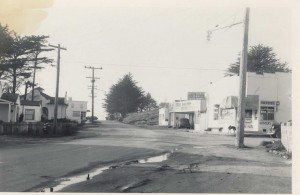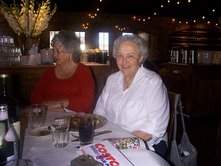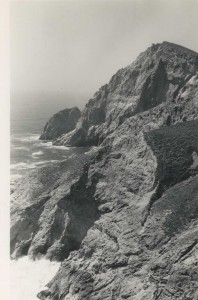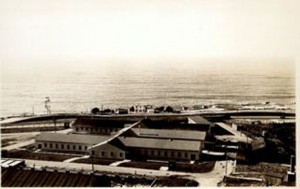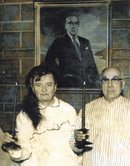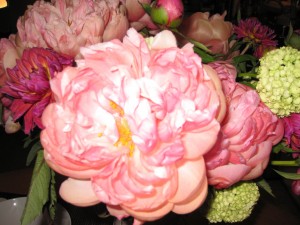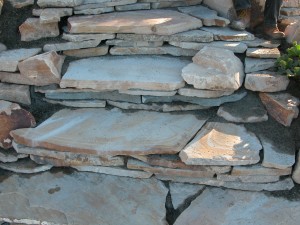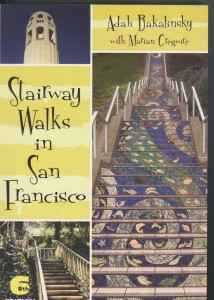February 1945
From the Half Moon Bay Review
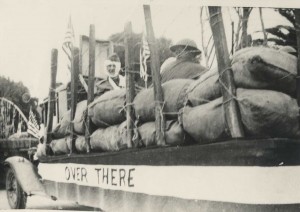 (Photo: In Half Moon Bay, during WWII, there was a parade on Main Street, in support of the troops overseas. Courtesy Spanishtown Historical Society.)
(Photo: In Half Moon Bay, during WWII, there was a parade on Main Street, in support of the troops overseas. Courtesy Spanishtown Historical Society.)
February 1945
From the Half Moon Bay Review
“Nine Live, 171 Others Die; St. Canadas Has Close Call”
“Wounded three times in his 34 months in the South Pacific, Sgt. Ellsworth Canadas, 28, of Half Moon Bay, recently was sent home and is in Santa Barbara convalescing, it was reported today. Of the 180 men in his infantry outfit with whom Sgt. Canadas left for overseas only nine remain alive.
“Canadas was shot in the hand, leg and hip in three separate engagements on New Guinea. After each injury he was hospitalized for three months and then returned to combat. Sergeant Canadas was in on the invasion of the Philippines just prior to returning to the United States. He also took part in the invasion of Gualalcanal and on furlough visited Australia.
“The young veteran is the son of Mr. and Mrs. Louis Canadas of Half Moon Bay. He is a graduate of Half Moon Bay High School and was employed as a carpenter in San Mateo prior to joining the army four years ago. He is entitled to wear the Presidential Unit Citation, the Purple Heart, the Oak Leaf Cluster and the Asiatic-Pacific ribbon.
” His brother S/Sgt. Raymond Canadas, 25, is now serving with the 5th Army in Italy. Raymond was recently wounded but is back in action according to a letter to his parents.
“Like his brother, Raymond is a graduate of Half Moon Bay High School and worked as a carpenter in San Mateo prior to entering the army three years ago.”


